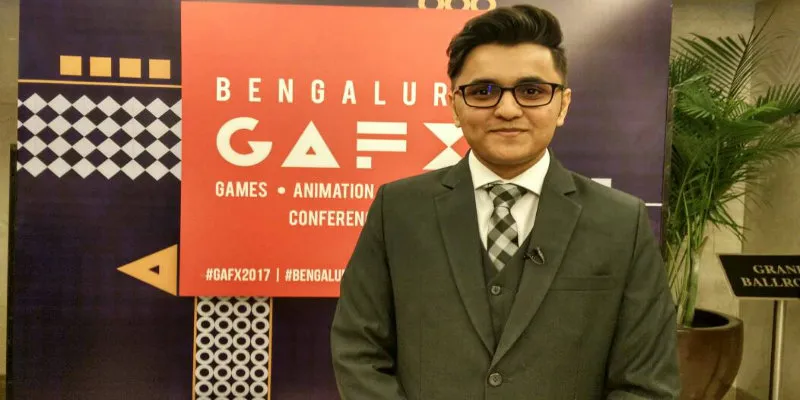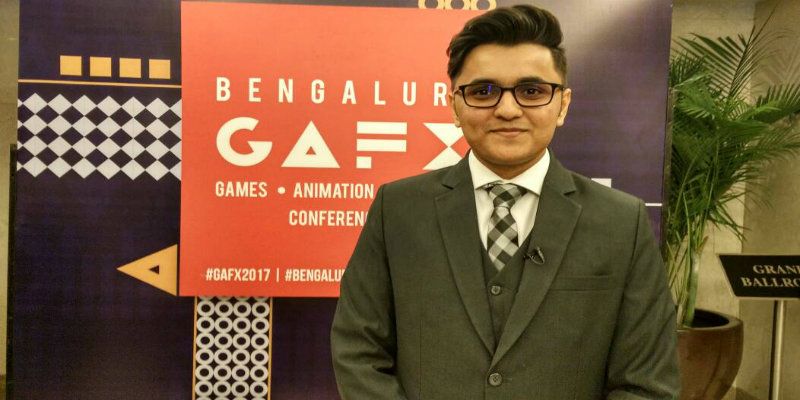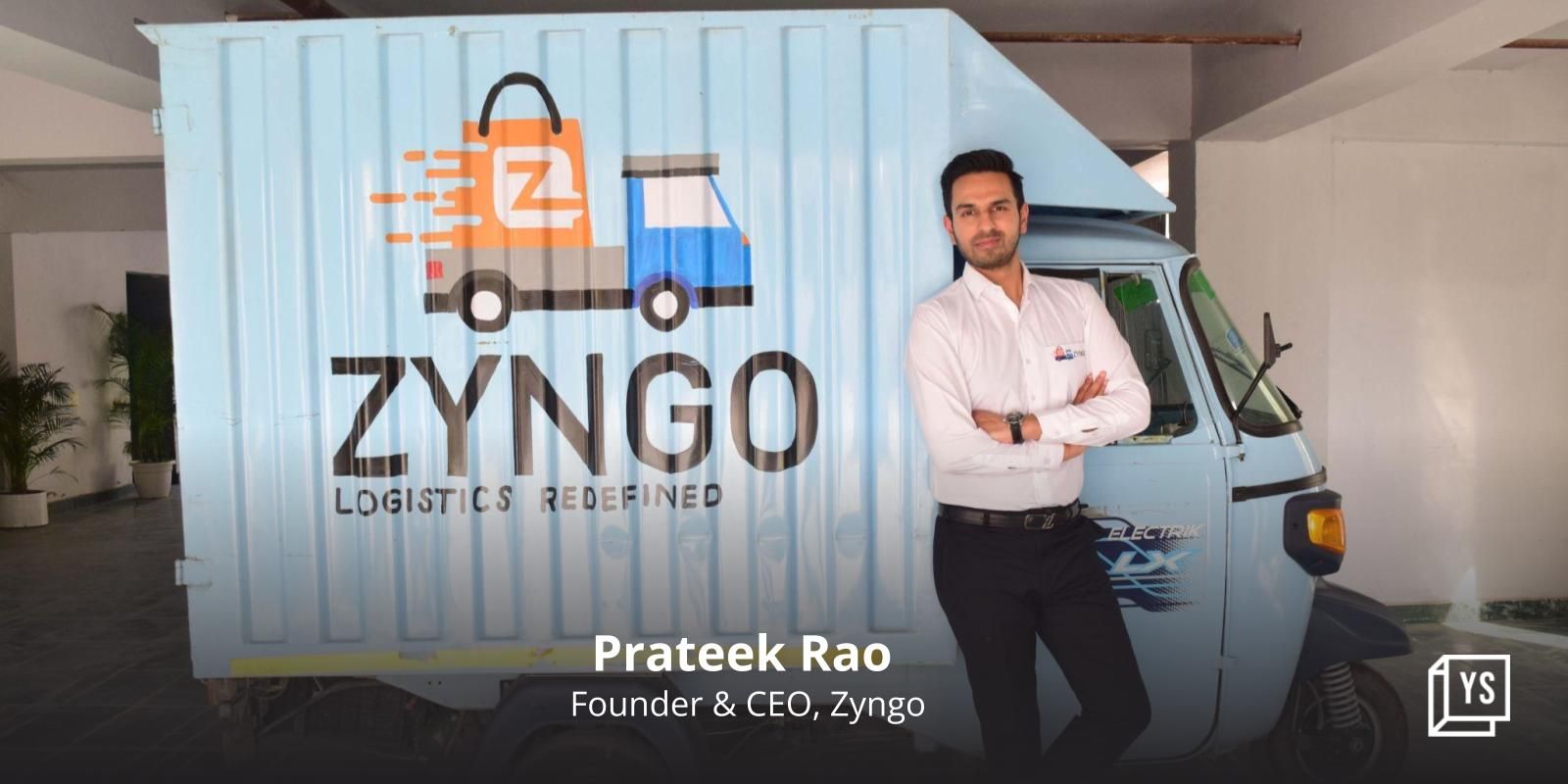The importance of motion capture to the visual effects industry in India
Evolving technology has spawned several changes in the visual effects industry, and one trend that bears exceptional promise, especially in India, is that of motion capture.
Motion capture is the process of recording the movement and expressions of animals or people, and using the information to animate digital character models. High-resolution cameras are used to record the motion of the desired person, who is made to wear a suit with reflective markers that enable an accurate rendering of their characteristics' motion.

When motion capture first made its debut in the early 1970s, it was mostly used for computer character animation. But it has come a long way since. The process is now ingrained in several verticals of the visual effects industry, being used to capture the body language, subtle facial expressions, and even dialogue of characters for video games, animated clips, and computer generated imagery (CGI) in films.
Initially developed for medical and military applications, motion capture is faster, more affordable, and provides far better quality than traditional keyframe-based animation techniques. And that is why Centroid Motion Capture is trying to make it popular in the massive Indian film and animation industry.
A motion capture pioneer
Centroid Motion Capture is a firm that has furthered the role of motion capture, or performance capture as it's also known, in the entertainment industry since the company's inception in 1996. Headquartered in the UK's renowned Pinewood and Shepperton Studios, the firm has provided its services to some of the biggest games and blockbuster movies released in recent years. Films like 'Spectre', 'Godzilla', 'Ant-Man', and 'Guardians of the Galaxy', along with games like 'Crysis 3', 'Assassin's Creed: Syndicate', 'Until Dawn', and 'Mad Max', have benefitted from Centroid's expertise.
Speaking at the Graphics, Animation, and Visual FX Conference (GAFX) 2017 in Bengaluru, Parth Shah, Technical Director for Markerless Motion Capture at Centroid India, said that the company's mission is to create content that is an experience rather than just fascinating visuals. To accomplish this, Centroid offers its clients a vast range of services that leaves them wanting for nothing. From pre-production consultation and prop building to data capture/clean-up and post-production animation, the company handles all the intricacies of the daunting process.
And it's not just their studio in England where they carry out their work. Centroid's team often sets up studios at other locations when the situation demands it. For example, Centroid, as experts on animal motion capture, were tapped by the 'Game of Thrones' visual effects team for the horse sequences in the Emmy Award-winning 'Battle of the Bastards' episode. For that purpose, Centroid set up a temporary infrastructure in the Bury Farm Equestrian Centre, which allowed them to capture horses galloping at full tilt, as was required by the famed television show.
The firm also provides other services like real-time, remote shoots, which allow filmmakers the world over to connect with their main studio if they wish to record short, low-budget sequences that don't require the use of an entire studio, explains Philip Stilgoe, CEO of Centroid Motion Capture, who addressed the audience at GAFX 2017 via Skype. His company also offers real-time, full performance captures in virtual reality (VR), which is invaluable, especially for video game designers to gauge how their character interactions are playing out.
Having established itself as an industry standard in Europe and America, Centroid has now set its sights on its next destination: India.
Bringing motion capture to India
India is the largest and most prolific cinema industry in the world, and Centroid is intent on capturing its vast potential. Citing VR and AR as the two key emerging trends on the global scale, a sentiment echoed by Sharon Calahan of Pixar Animations, Parth Shah says that motion capture is a trend that needs to gain momentum in India. "Motion capture is standard in Hollywood, but it's still an emerging trend in the visual effects industry in India," he told YourStory.
Since motion capture is greatly beneficial for planning stunt/action sequences and crowd scenes — things that are commonplace in most Indian movies — Centroid intends to set up a studio in Mumbai, the film capital of the nation, before the end of this year.
Also, with motion capture being a much quicker process than the traditional systems currently in place, Shah feels that artists will enjoy more creative freedom when deadlines are no longer a problem. That, in turn, will help the Indian film industry diversify into as yet untapped forms of storytelling through film. "It's time for India to create global content, content that has more worldwide demand," Shah said. Games, too, are another vertical Centroid hopes to empower in India. With video games — whether mobile, PC, or console-based — enjoying rapidly increasing popularity in the country, motion capture can further accelerate their development.
“Young Indians in the animation and effects community are well aware of the new technologies and filmmaking methods out there, thanks to online education media, forums, and conferences. It’s just a matter of time before the Indian market is transformed by these methods,” he added.











